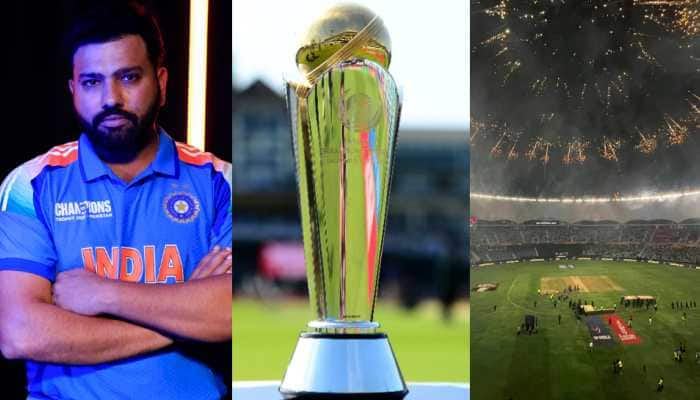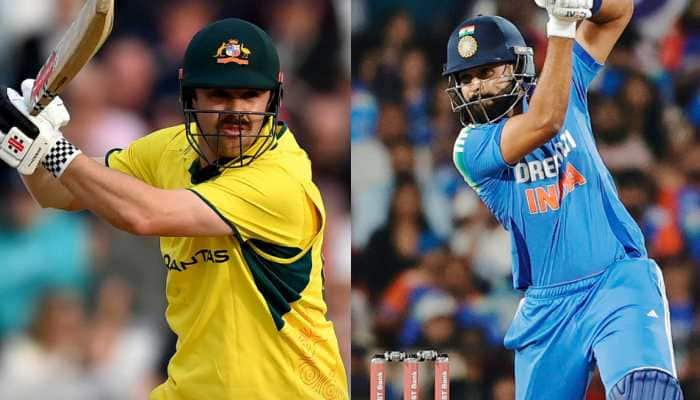DNA Exclusive: Sino-India Commander level talks enter new phase as China refuses to retreat from Pangong Lake
The meeting between corps commanders of India and China was attended by 14 Corps Chief Lt Gen Harinder Singh and his likely successor Lt Gen PGK Menon along with a Joint Secretary from the Ministry of External Affairs (MEA), for the first time, to reduce tension along the LAC.
- For the first time, the army is leading talks between the two countries, in which diplomats are participating. You can call it the new rules of engagement of the New India Foreign Policy
- Earlier on September 10, a meeting was held in Moscow, wherein, Foreign Ministers of India and China participated
- The sixth meeting can be termed as the follow-up of the Moscow meet as both the countries are now taking forward steps on the 5 issues agreed upon earlier
Trending Photos
New Delhi: The Sino-India talks to resolve the stand-off in Ladakh on Monday (September 21) continued for more than 13 hours at Moldo on the Chinese side of the Line of Actual Control (LAC). The meeting between corps commanders of India and China was attended by 14 Corps Chief Lt Gen Harinder Singh and his likely successor Lt Gen PGK Menon along with a Joint Secretary from the Ministry of External Affairs (MEA), for the first time, to reduce tension along the LAC.
This is the sixth meeting between the two neighbouring nations since June this year. The DNA analysis would explain to you the ongoing diplomatic talks between India and China through 4 big points.
1. China is learned to have refused to retreat from Pangong Lake in this meeting. The talks between the two countries, therefore, will prolong.
2. India has asked China to restore the pre-April 2020 situation. Under this demand, the Chinese soldiers are required to retreat and go to the place where they were in April 2020.
3. The Indian delegation also includes Lieutenant General PGK Menon, who will take over the command of the 14th Corps from Lt Gen Harinder Singh, who will retire in October. The 14 Corps is responsible for the protection of Ladakh.
4. For the first time, an official from the Ministry of External Affairs is also participating in such talks. Naveen Srivastava, Joint Secretary of the Ministry of External Affairs, along with top military officials remained present in the meeting.
Notably, the Indian delegation comprised two Lieutenant Generals, two Major Generals, four Brigadiers, and an IGB of ITBP, besides a Joint Secretary from the Ministry of External Affairs.
The agenda and issues to be raised by the Indian side in the meeting were discussed and finalised during a high-level meeting attended by National Security Advisor (NSA) Ajit Doval, Chief of Defence Staff (CDS) General Bipin Rawat and Army Chief General Manoj Mukund Naravane last week on Friday.
The ground commanders had been talking to each other on an almost daily basis on the ground. The current talks are happening at a time when the Indian side has also occupied six major hill features which are helping the Indian Army to be in dominating positions on heights.
India is likely to press for simultaneous disengagement and de-escalation by the Chinese side in the Eastern Ladakh sector during the meeting of two Corps Commanders.
The DNA analysis will also tell you about 5 key points of military and diplomatic discussions.
1. For the first time, the army is leading talks between the two countries, in which diplomats are participating. You can call it the new rules of engagement of the New India Foreign Policy.
2. Earlier on September 10, a meeting was held in Moscow, wherein, Foreign Ministers of India and China participated. The sixth meeting can be termed as the follow-up of the Moscow meet as both the countries are now taking forward steps on the 5 issues agreed upon earlier.
3. MEA's Joint Secretary Naveen Srivastava is currently in charge of the China desk. He has thus full knowledge about the Sino-India border dispute. His presence, therefore, is expected to help in bringing the conversation to some conclusion. This can also facilitate an on the spot decision if need be.
4. The presence of MEA's representative in the talks also means that India is seriously trying to reduce the tension, and want to have frequent meetings with China to reach a solution.
5. Today's meet can be called a joint effort of the army and foreign ministry against China. It is possible that the representative of the Indian Army would also attend a diplomatic meeting next time. China has been using this formula.
There is a difference between the past and the present talks along the LAC. India has given sleepless nights to China after occupying several peaks on the LAC. In earlier talks, India used to tell China to restore the pre-April 2020 position during the Commander Level talks, but now China is also talking about restoring the Status Quo.
The task of the Indian Army is to protect the borders, but the government has the responsibility to determine its boundary. There is a 3,488 km long LAC between India and China, but the two countries still lack consensus on the LAC.
The erstwhile British regime deliberately set wrong boundary lines between the countries, which were under its suzerainty, to maintain its supremacy after granting freedom to such nations. The British wanted that the boundary disputes between the two countries would continue and they would take advantage of that.
Stay informed on all the latest news, real-time breaking news updates, and follow all the important headlines in india news and world News on Zee News.
Live Tv







)
)
)
)
)
)
)
)
)
)
